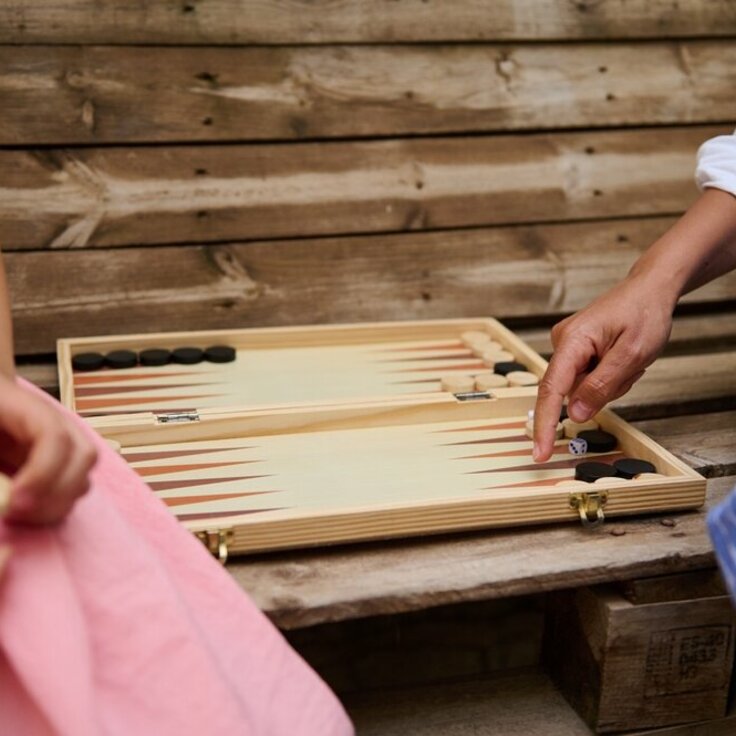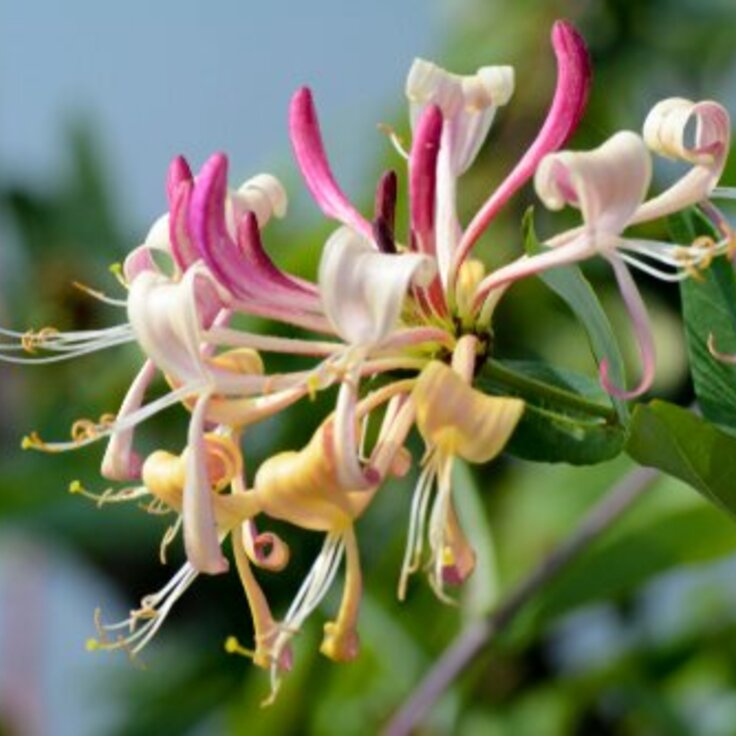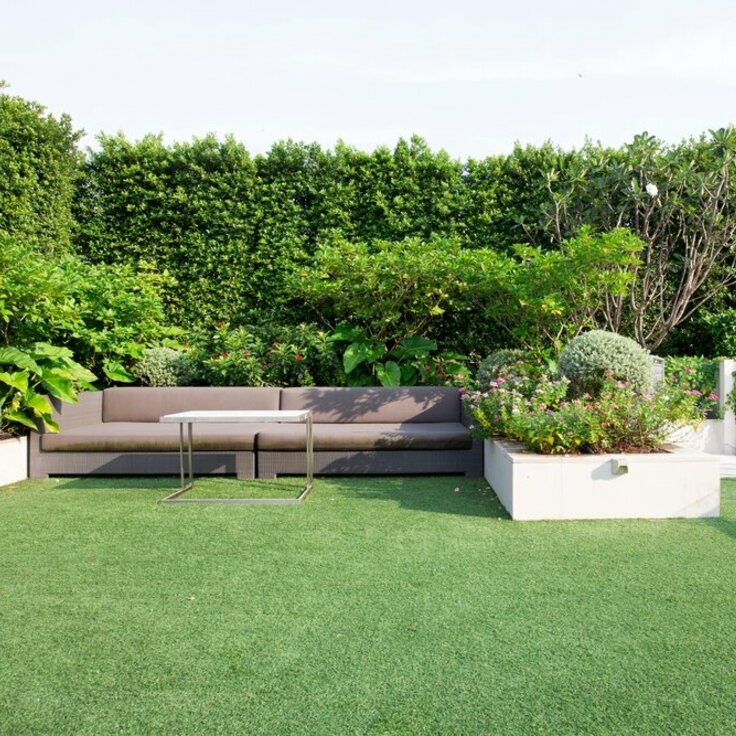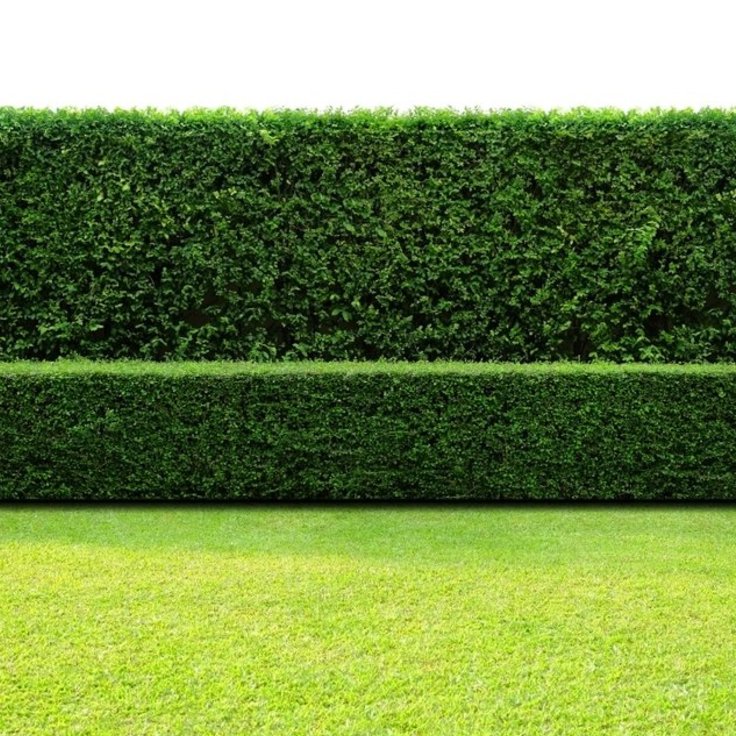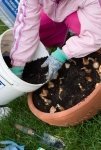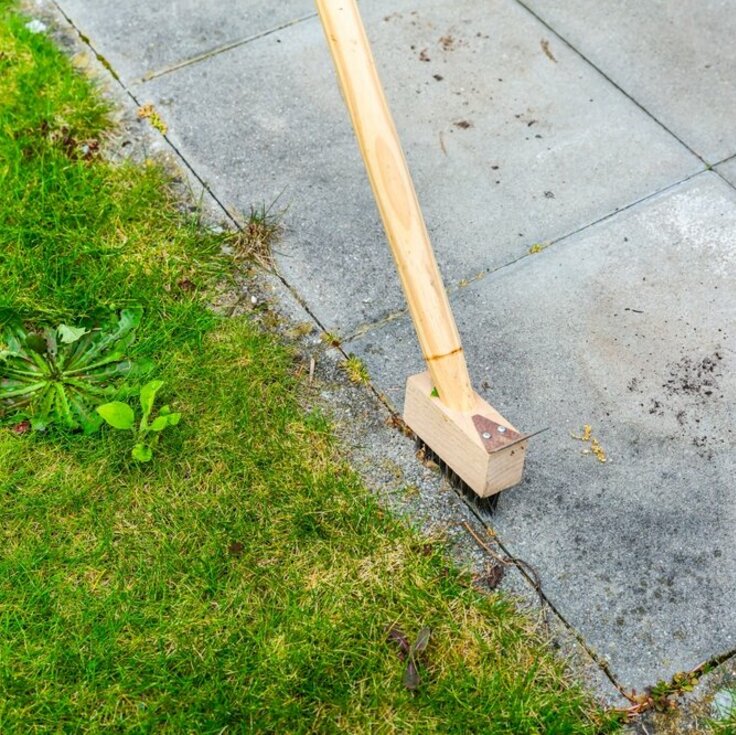6 practical tips to maintain a flower garden on budget
Budget Flower gardening tips! Now that the spring is near, you may be thinking of creating a flower garden. It’s that time of the year when beautiful plants blossom and enhance the aesthetic appeal of a gardening space. However, you may give up on the idea if you’re running low on funds. Instead of quitting your dream, you can grow a low-cost flower garden.
A cheap flower garden allows you to have beautiful plants in your front garden without breaking the bank. Here are some useful tips to help you with on-budget gardening:
1. Know Gardening basics
When beginner gardeners start growing a flower garden, they tend to make more mistakes. These costly mistakes may ruin your garden and affect your finances. So, carry out some research about gardening and flowering plants, to avoid making such mistakes down the lane.
2. Grow with Seeds
Sowing seeds in garden soil is a cheaper way of growing flowering plants. Look out for cheap seeds at nearby nurseries. However, don’t compromise on the quality of seeds, or else you may not be able to grow a flower garden. Scatter these seeds in the garden after preparing the soil and then water the soil daily for quick growth.
Many stores offer lucrative sales on gardening equipment at the end of the season. Make the most of this opportunity and grab flowering seeds for the next year. Don’t forget to preserve these seeds the right way so that you can use them the coming year.
3. Make Organic Compost
Many gardeners purchase compost from local stores. Not only is this compost expensive, it may also contain chemical substances. By preparing compost on your own, you can ensure the use of organic elements only and improve the growth of plants on budget.
4. Start with Annuals
Annuals are those plants that survive for one season only. These are low maintenance plants and you can grow them with cheap organic seeds. You can grow a whole bunch of plants with a few seeds. Sunflowers, poppies, marigolds, zinnias, and cosmos are the top choices of gardeners.
5. Grow Edible Flowers
Not every flower serves the purpose of beautifying a space. You can also add some flowers to salads and other recipes to give them a distinguished flavour and colour. Clover, wood sorrel, dandelion, forsythia, and redbud are some flowers that you can consume. Grow these plants in your garden to get a good value for your investment.
6. Save Plants for the Next Year
By the end of spring, most flowering plants wither. Furthermore, they cannot survive frost and heavy winds of cold winters. It’s recommended to take cuttings from your favourite plants and grow them in plant pots in an indoor space. As the spring arrives the next year, you can plant them in your garden.
If you’re looking to purchase flowering plants for your garden, you should visit Garden Centre Guide. It’s basically a directory of nurseries and garden centres operating throughout the UK where you can buy low-cost and low-maintenance flower plants.

